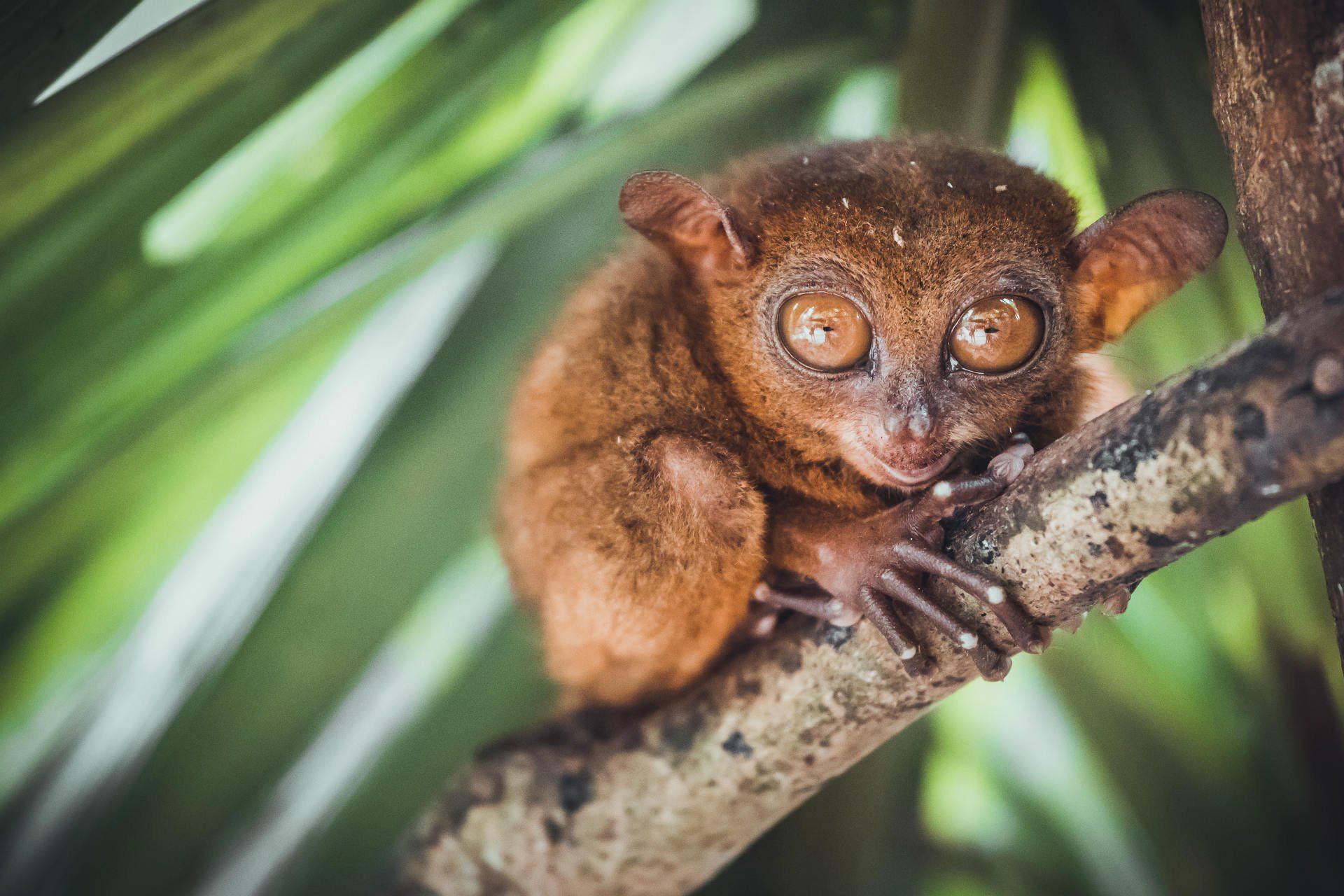#18 Hundred Islands National Park
The tiny islands of Hundred Islands National Park—there are actually 123, but that doesn't have quite the same ring to it—cover almost 7.7 square miles (20 square kilometers). Some islands have beaches, but many are no more than coral outcrops crowned by scrub. Sadly, much of the underwater coral in the park has been damaged by a devastating combination of cyanide fishing and dynamite fishing, along with typhoons.
The authorities are, however, going all out to protect what coral is left and help it regenerate, meaning you can only snorkel in approved areas. Unless you want to camp, the closest base is the small town of Lucap, accessible from Alaminos, where day trips set off.
The town, however, is pretty dull and not recommended as a place to stay. It's far nicer to base yourself at one of the resorts near Bolinao. See our guide for finding the right Philippine accommodation.
How to get to Hundred Islands
To get to Hundred Islands, catch a 5-6 hour bus ride from Manila to Alaminos City in Pangasinan. From there, take a tricycle to Lucap Wharf, where boats head out to the islands. You can rent an outrigger boat based on your group size for a day trip or island hopping. Some islands have basic accommodations, but most people go for a day trip.
When to visit Hundred Islands
For the best experience, visit from November to May, when seas are calmer, making it ideal for island hopping. Leaving early in the morning lets you explore the islands before afternoon winds start picking up.

























